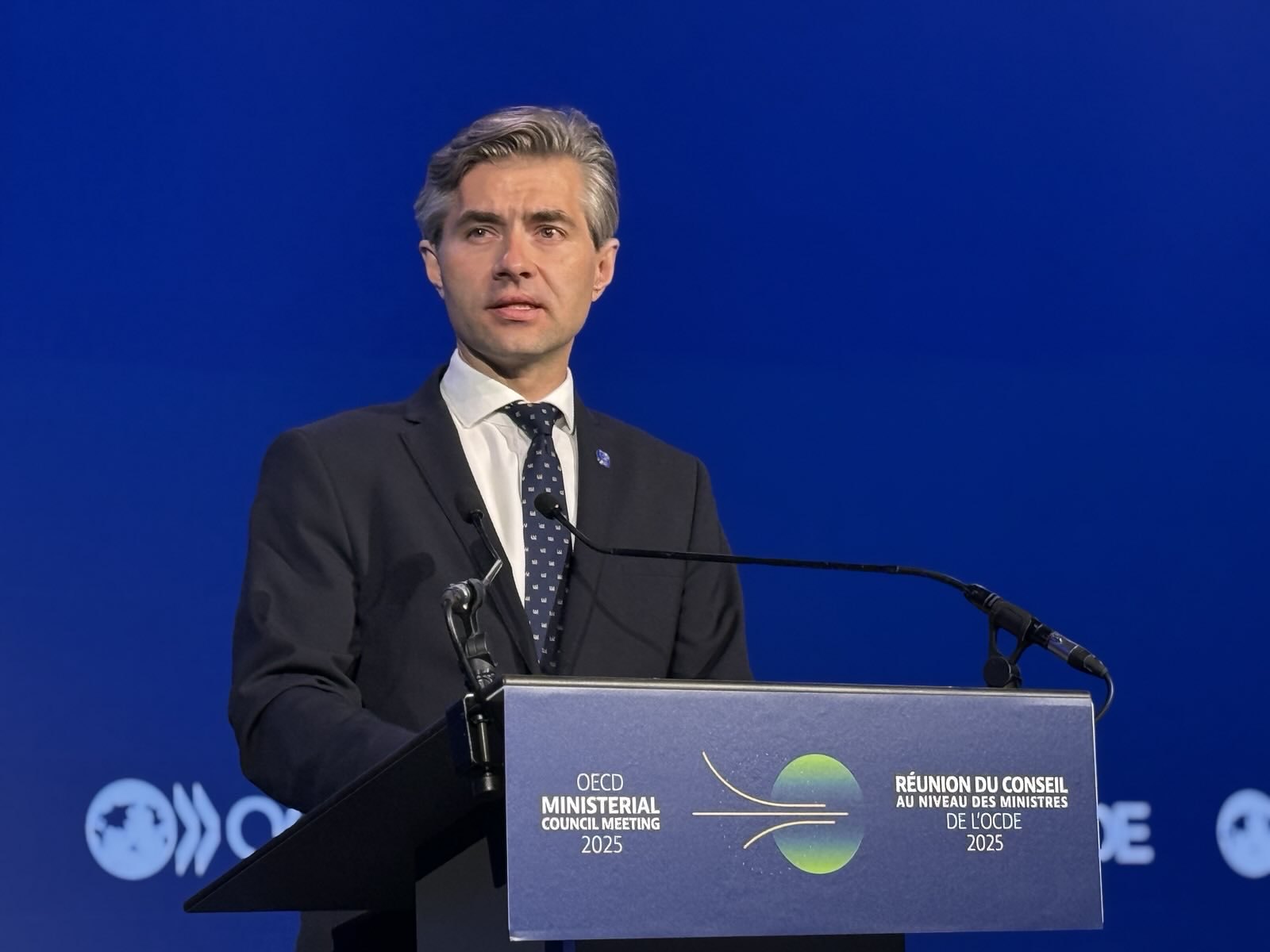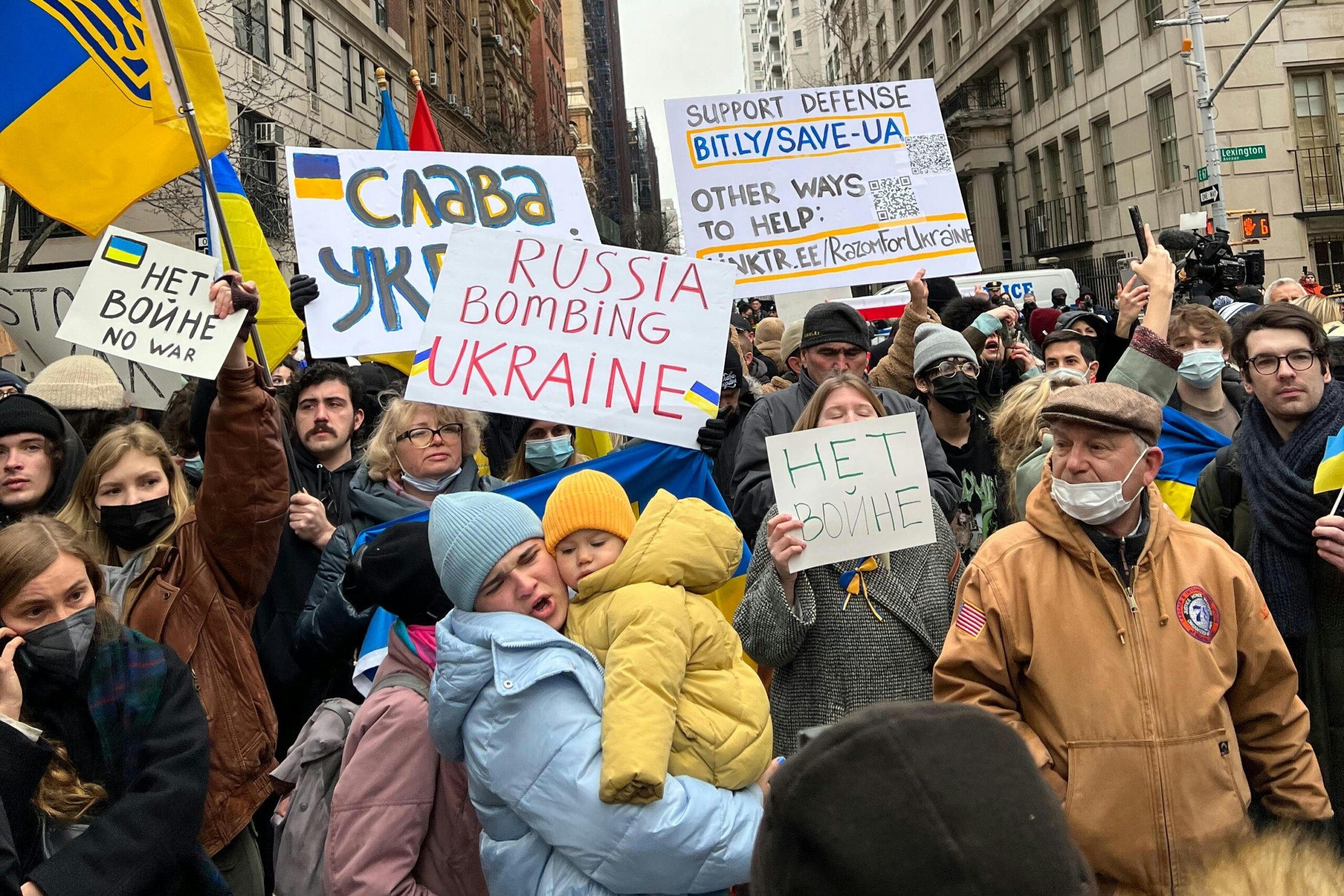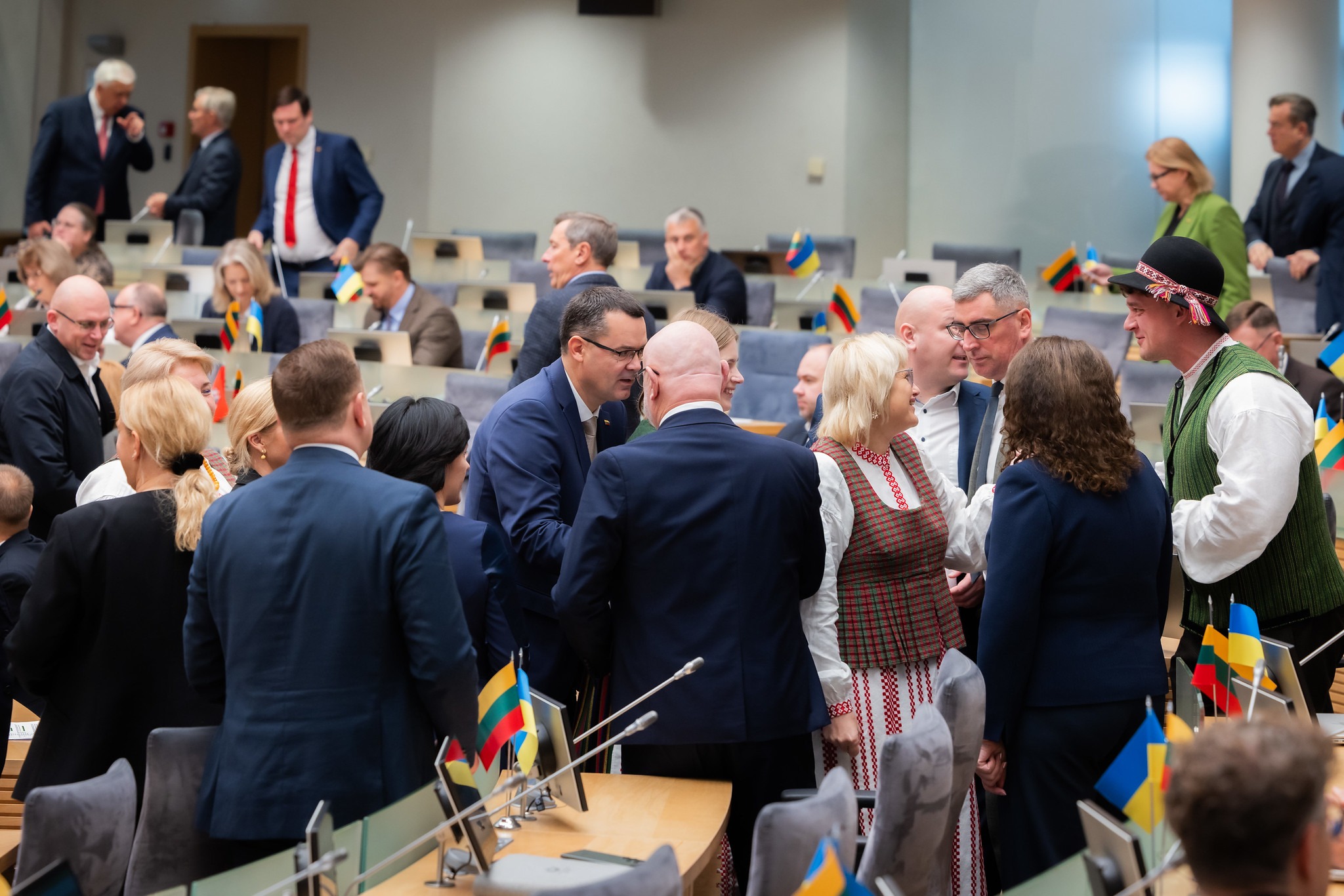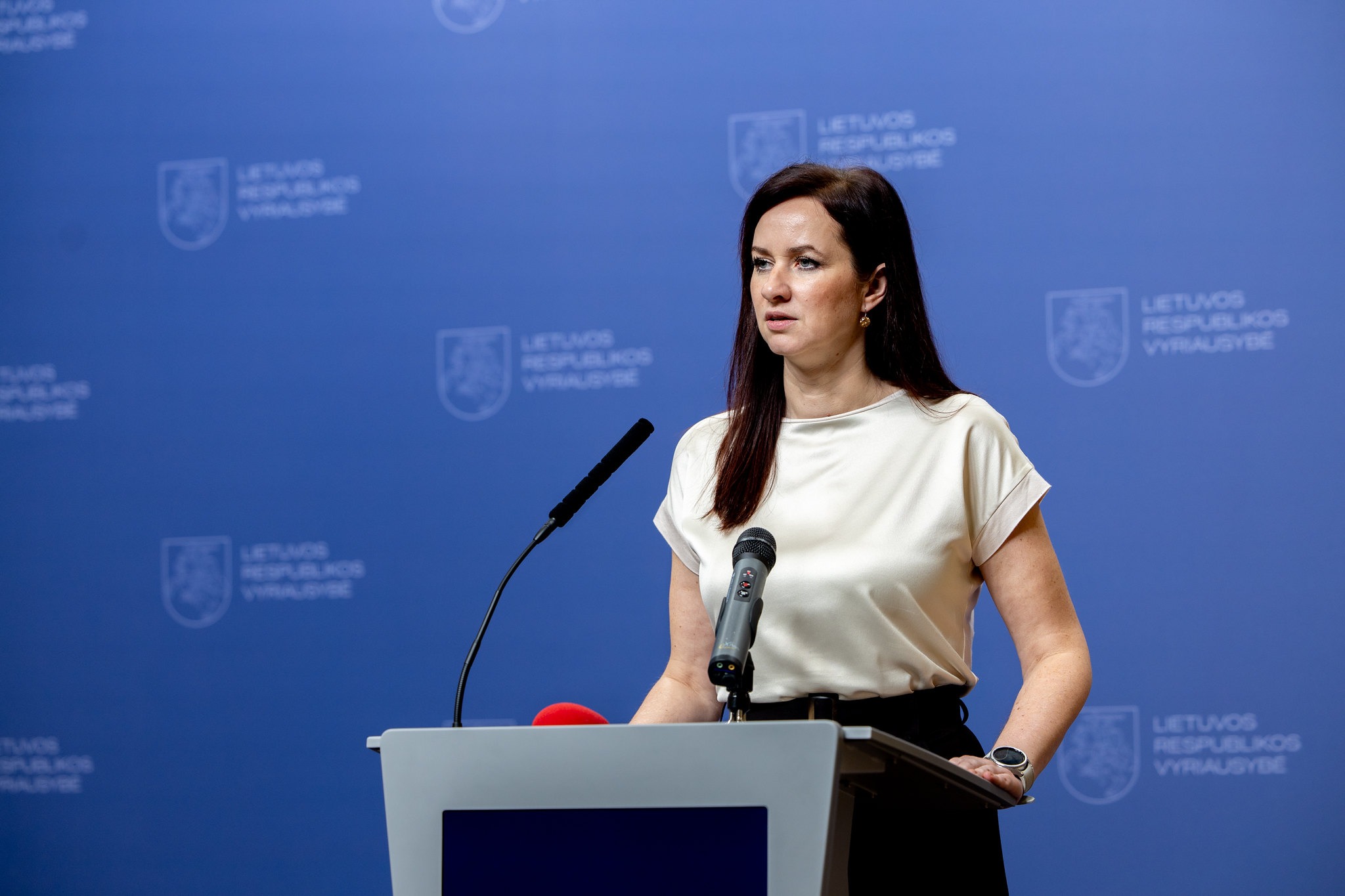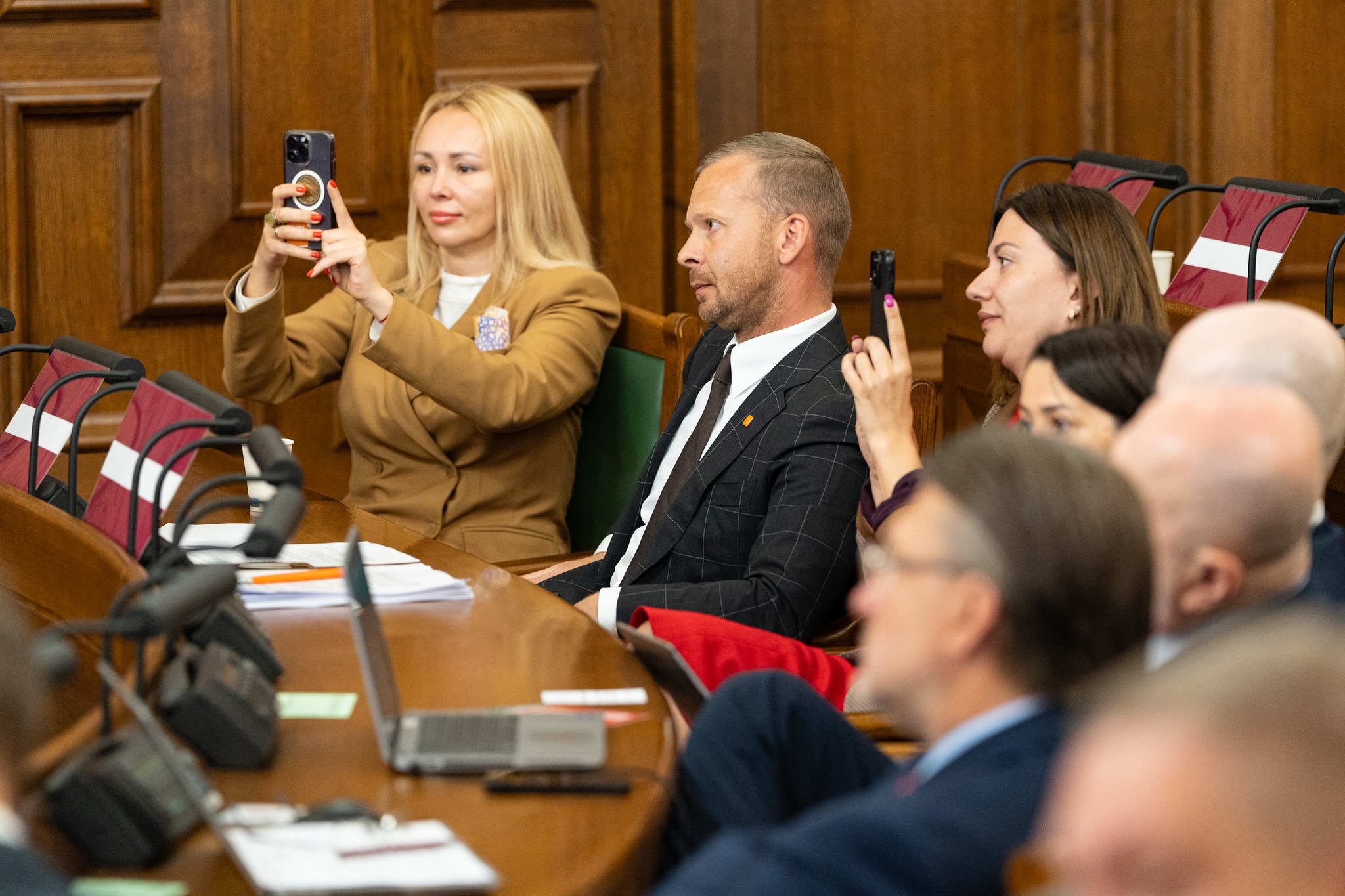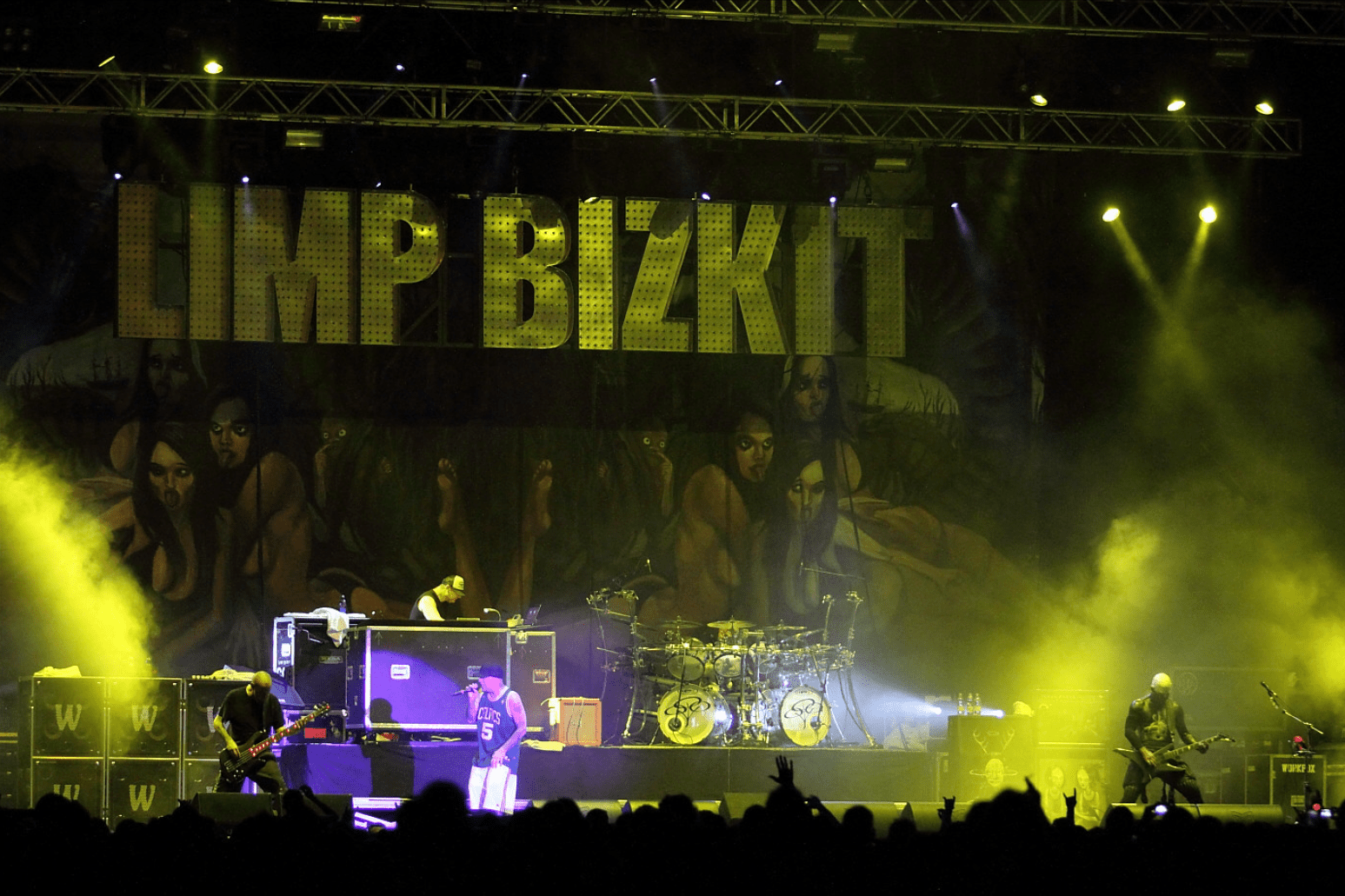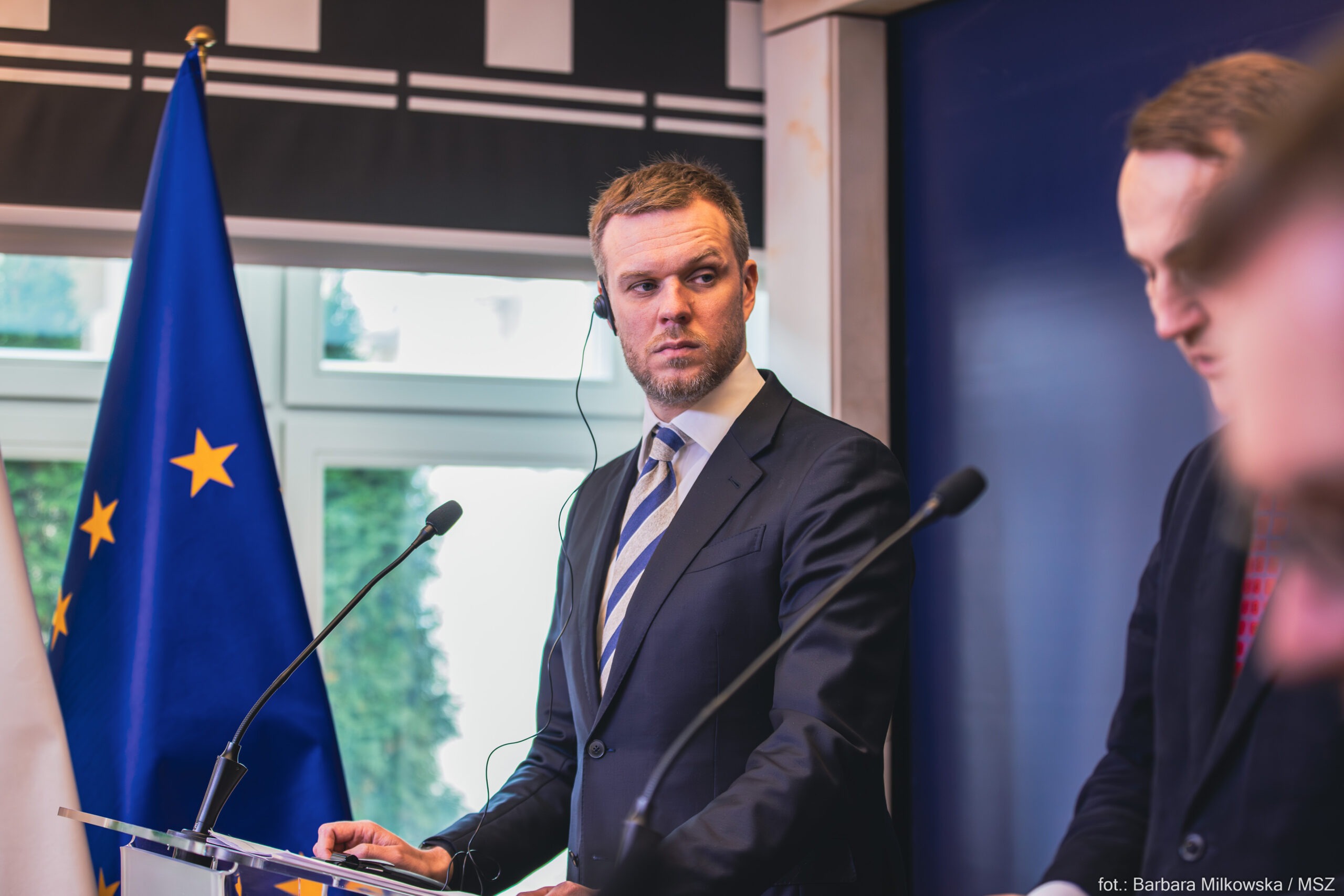
Main narratives:
- Russophobia;
- Rehabilitation of Nazism.
Overview:
Pro-Kremlin commentators on social media dismissed Estonia’s call for an emergency UN Security Council meeting as “Russophobic hysteria,” denying that Russian aircraft violated Estonian airspace and framing Tallinn’s move as political theatre. They claimed no credible evidence had been presented, accused Estonia and its allies of exaggerating routine military flights, and argued the incident was being weaponized to stoke anti-Russian sentiment. Some went further, branding Estonia’s initiative at the Security Council as “pathetic false accusations.” The narrative aimed to deflect responsibility, cast NATO states as provocateurs, and undermine international criticism of Moscow.
Another topic widely discussed in the Russian-speaking segment of social media was the news that a Moscow court sentenced Maria Smorzhevskihh-Smirnova, the director of the Narva Museum, in absentia to ten years in prison for “spreading fake news about the Russian army and rehabilitating Nazism.” The case stems from the fact that in recent years, on May 9, a banner was displayed on the wall of Narva Castle showing bloodstains and the inscription: “Putin is a war criminal,” with half of Putin’s image resembling the silhouette of Adolf Hitler. Smorzhevskihh-Smirnova herself stated that she regards the verdict of the Moscow court as a banal and unoriginal attempt to intimidate everyone who calls things by their proper names. The news spread widely across nearly all Russian-language groups on social media. At the same time, a significant share of comments expressed approval of the sentence against the museum director, openly accusing both Maria Smorzhevskihh-Smirnova and the Estonian authorities of “rehabilitating Nazism.” This once again demonstrates that a part of the Russian-speaking population of Estonia remains within the information sphere shaped by Russian propaganda.
